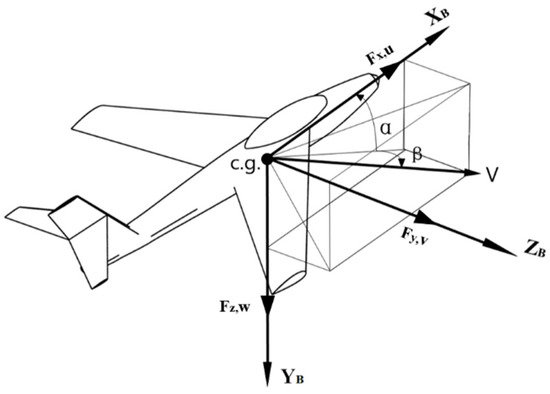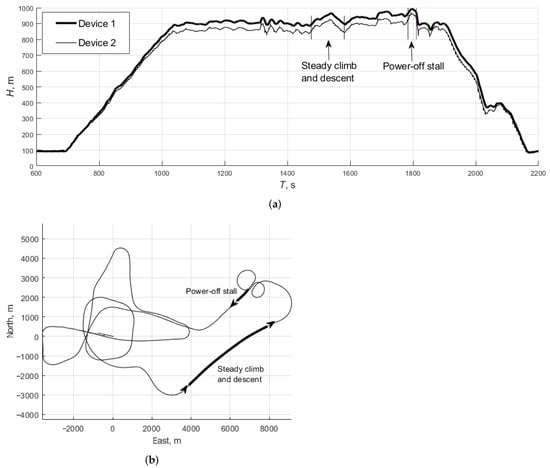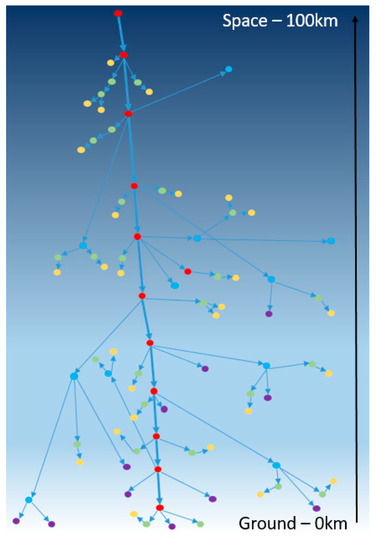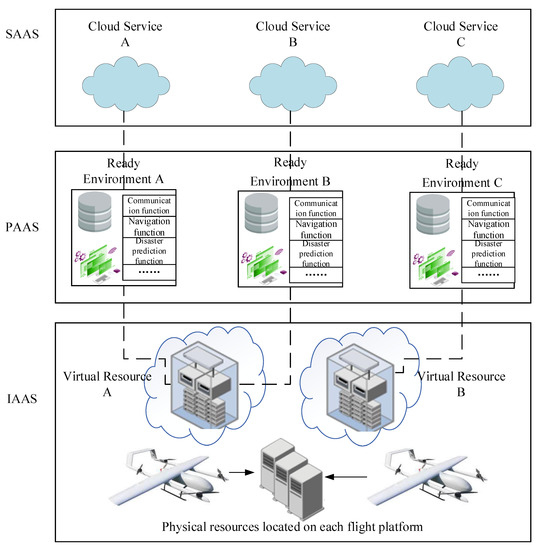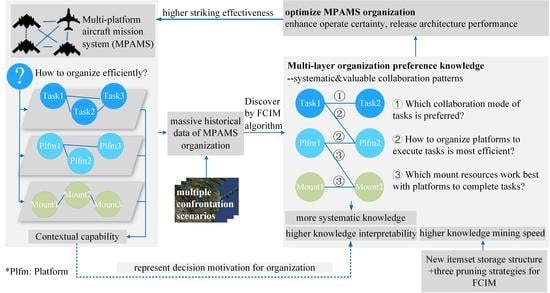Avionic Systems
A topical collection in Aerospace (ISSN 2226-4310).
Viewed by 32542Editors
Interests: multidisciplinary development of high-integrity systems; architectures of intelligent and autonomous systems; metric assessment of systems performance.
Interests: photonics; optoelectronics; sensors; chemosensors
Special Issues, Collections and Topics in MDPI journals
Topical Collection Information
Dear Colleagues,
Avionic systems have undergone remarkable technological investigation and innovation in the last 50 years. The inexorable evolution involves updates and upgrades on two main branches of avionics: Communication, Navigation, and Surveillance (CNS) and Guidance, Navigation, and Control (GNC). CNS entails avionic engineering of enabling systems for aircraft and spacecraft operations, such as air traffic control and space mission control. GNC focuses on air and space vehicles themselves regarding movement performance, such as vehicle flight control.
The development and advancement of avionic CNS/GNC systems involve solutions for a range of applications for substantiable air/space transportation, e.g., management of air/space traffic, including integration of unmanned systems and the use of intelligent satellites. Avionic approaches require considerations of aspects regarding safety and security (including cybersecurity), as well as standards and certification of avionic systems. Evolutionary architectures of avionic systems take great progress on automation to the next level and foster autonomy. This step forward pushes technological solutions beyond avionics and involves other disciplines, such as robotics and Artificial Intelligence.
This Special Issue is aimed at the dissemination of research and engineering advances on avionic systems for CNS and GNC, including challenges and opportunities for current and future avionics for aeronautics and astronautics. Topics and areas of the Special Issue include but are not limited to:
- Application of Artificial Intelligence in avionic systems;
- Robotic avionics and autonomous avionics for air/space vehicles;
- Smart CNS avionics for airspace/space integration of unmanned systems;
- Connectivity and cybersecurity certification of avionic systems;
- Human–avionics collaboration for augmented intelligence;
- Distributed integrated modular avionics and future avionics architectures and networks;
- Reconfigurable GNS avionics for next generations of air/space transport;
- Intelligent satellite constellation and radar satellites;
- Avionics power management and distribution;
- Cyber-physical avionics systems.
Dr. Carlos Insaurralde
Dr. Francesco Dell’Olio
Collection Editors
Manuscript Submission Information
Manuscripts should be submitted online at www.mdpi.com by registering and logging in to this website. Once you are registered, click here to go to the submission form. Manuscripts can be submitted until the deadline. All submissions that pass pre-check are peer-reviewed. Accepted papers will be published continuously in the journal (as soon as accepted) and will be listed together on the collection website. Research articles, review articles as well as short communications are invited. For planned papers, a title and short abstract (about 100 words) can be sent to the Editorial Office for announcement on this website.
Submitted manuscripts should not have been published previously, nor be under consideration for publication elsewhere (except conference proceedings papers). All manuscripts are thoroughly refereed through a single-blind peer-review process. A guide for authors and other relevant information for submission of manuscripts is available on the Instructions for Authors page. Aerospace is an international peer-reviewed open access monthly journal published by MDPI.
Please visit the Instructions for Authors page before submitting a manuscript. The Article Processing Charge (APC) for publication in this open access journal is 2400 CHF (Swiss Francs). Submitted papers should be well formatted and use good English. Authors may use MDPI's English editing service prior to publication or during author revisions.









